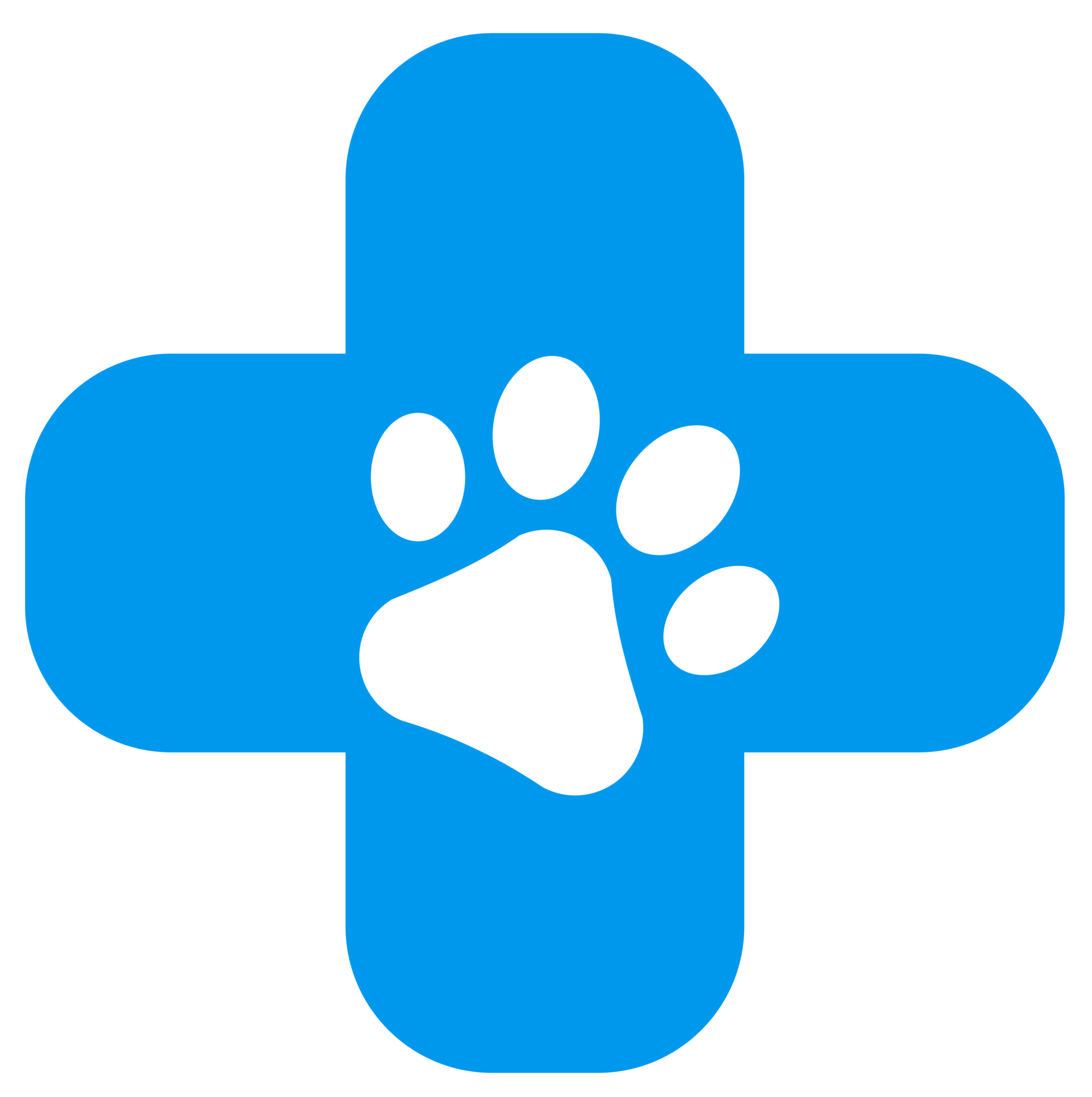Osteochondritis Dissecans Surgery Recovery Guide for Your Pet
After osteochondritis dissecans surgery, a careful recovery plan is essential to ensure proper healing and a successful return to function. The following guidelines outline key steps and rehabilitative details for post-operative care. Please review each section and consult your veterinarian if you notice any concerning signs.
1. Incision Care
- Daily Monitoring:
- Inspect the incision several times daily until it has completely healed.
- Look for signs such as swelling, oozing, pus, redness, heat, bad odor, or any issues with sutures/staples (loose or missing).
- Cleaning Instructions:
- If the incision becomes dirty, gently clean it with mild hand soap and lukewarm water.
- Pat the area dry with a clean paper towel.
- Otherwise, avoid unnecessary contact with the incision.
- Licking Precautions:
- Any licking can irritate the area and increase the risk of infection or drainage.
- Minimal drainage (none to just a few drops) is normal.
2. Medication Management
- Administration Guidelines:
- Follow the prescribed medication schedule precisely and complete the full course.
- If a dose is missed, do not double up on the next dose; simply resume the regular schedule.
- NSAID Usage:
- Always give NSAIDs with food to help prevent stomach upset.
- Always give NSAIDs with food to help prevent stomach upset.
3. Nutrition, Elimination, and Bathing
- Feeding & Hydration:
- A slight decrease in appetite during the first day after surgery is usually normal.
- If your pet isn’t eating or drinking within 24–36 hours after going home, contact your veterinarian.
- Always provide fresh water.
- Bowel Movements:
- It is common for pets to have a delayed bowel movement (1–3 days) post-surgery.
- If no stool is produced within 72 hours, give a tablespoon of canned pumpkin and notify your veterinarian.
- Bathing Restrictions:
- Do not bathe your pet until after sutures or staples are removed, typically at 14 days post-operation.
- Do not bathe your pet until after sutures or staples are removed, typically at 14 days post-operation.
4. E-Collar (The Cone)
- Purpose and Function:
- Prevents your pet from licking, biting, or scratching the incision, reducing the risk of infection or dislodged sutures/staples.
- Types and Usage:
- E-collars are available in various types (plastic, fabric, inflatable).
- Consult your veterinary team to choose the best option based on the incision location.
- Usage Tips:
- Eating may be more challenging while wearing the collar.
- If removed, supervise your pet closely until it is replaced.
5. Activity Restrictions
- General Movement:
- Keep your pet on a leash at all times; no running or strenuous activity is allowed for 2 full months post-surgery.
- Keep your pet on a leash at all times; no running or strenuous activity is allowed for 2 full months post-surgery.
6. Rehabilitative Guidelines
Weeks 1 and 2 Post-Op:
- Rest: Strict rest with leash walks only for bathroom breaks.
- Exercises: Perform passive range of motion exercises twice daily.
- Muscle Care: Icing and massaging the quadriceps muscles, if tolerated, can be beneficial.
- Joint Care: Ice the joint (using frozen vegetables is acceptable) three times daily for 10–15 minutes during the first week, and after exercise as needed for the following 8 weeks.
- Warm Packing: Consider warm packing the joint before walking or performing motion exercises.
Weeks 3 through 6 Post-Op:
- Rest: Transition to moderate rest; allow your pet to walk inside the home with a gentle toe-touch on the surgical leg.
- Restrictions: No playing, jumping, or vigorous activities; keep walks on a leash outdoors.
- Rehabilitation Exercises:
- Begin swimming in a pool or lagoon.
- Consider underwater treadmill sessions if available.
- Incorporate “ladder walking” (cavaletti pole exercises) to promote mobility.
- Progression: Gradually increase the duration and distance of walks.
- Professional Therapy: Consider starting professional rehabilitative therapy at 4 weeks post-op.
Weeks 7 and 8 Post-Op:
- Activity: Engage in longer daily walks and incorporate stairs (on leash) to build strength.
- Continued Therapy: Maintain swimming and/or treadmill therapy as part of the rehabilitation process.
7. Weight Management
- Dietary Considerations:
- Follow an appropriate dietary plan.
- Over-conditioned or overweight pets are at an increased risk of re-injury, so weight management is essential during recovery.
8. Additional Rehabilitative Services
- Therapy Options:
- Various local rehabilitation services are available, including swim therapy, underwater treadmill sessions, acupuncture, acupressure, and massage.
- Utilizing these services can significantly enhance the return to original function and accelerate recovery.
9. Veterinary Rechecks
- Schedule:
- Recheck appointments are typically scheduled at 2 weeks post-op for suture or staple removal.
- An 8-week recheck is common for assessing readiness for off-leash activity.
Following these detailed guidelines will help support your pet’s recovery after osteochondritis dissecans surgery. Should you notice any concerning signs or if you have questions about your pet’s progress, please consult your veterinarian immediately.
